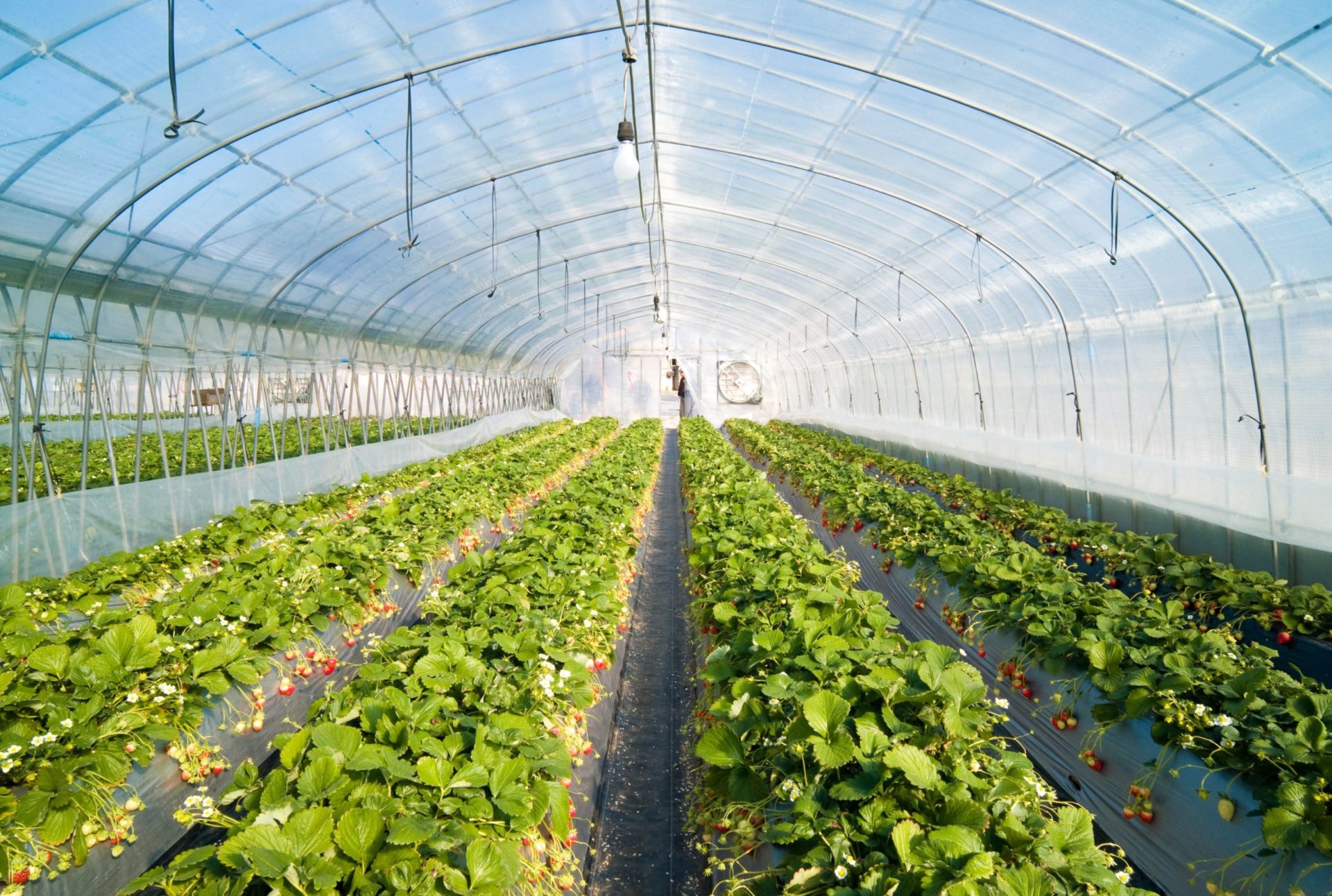9AppHarvest is an applied technology company building some of the U.S’s largest indoor farms in Appalachia. The Company combines conventional agricultural techniques with cutting-edge technology and is addressing key issues including improving access for all to nutritious food, farming more sustainably, building a home-grown food supply, and increasing investment in Appalachia. The Company’s 60-acre Morehead, KY facility is among the largest indoor farms in the U.S.
At the company’s 2.75-million-square-foot greenhouse complex in Morehead, Kentucky—which opened in November 2020—the vast growing-room floor is striped with long hydroponic tanks set waist high. From the tanks, tomato vines stretch skyward along supporting wires. Sunlight inundates the room through a gridded glass and steel ceiling, although rows of pink LED lights compensate when clouds roll in. The tomatoes are irrigated solely by rainwater, channeled into a holding pond next to the building. The air inside is hot and humid, whether it’s August or January.

The 60-acre structure is the largest greenhouse in the United States. And Jonathan Webb, CEO of AppHarvest, says that it has the potential to resolve a plethora of crises facing agriculture today—from farm labor abuses and fertilizer runoff to the impact of climate change and an over-dependence on pesticides, along with environmentally taxing inputs, like water. He hopes that it will also revitalize the local economy.
Rowan County, where AppHarvest is based, is on the edge of central Appalachia. Slumping coal production in the area has cut industry jobs almost in half over the last 15 years. The county’s median household income is 40% lower than the median U.S. household income, and the poverty rate is more than twice as high.
While facilities like AppHarvest’s do require energy to power heaters and lights, they can produce as much as 30 times more yield per square foot than outdoor fields. Growing tomatoes hydroponically requires 90% less water (per tomato produced) and no herbicides, and operations can even introduce predatory insects to control any pests that do slip in, according to Gene Giacomelli, Ph.D., a professor of agriculture at the University of Arizona who studies greenhouses and other advanced growing systems. This greenhouse is also a controlled environment—so no matter what the climate is doing outside, the plants always have perfect growing conditions. AppHarvest even installed a closed-loop recycled-water system to keep any nutrient runoff out of Rowan County’s waterways.
“The facility allows you to control the light, the heat, and the nutrition of the crops,” says Josh Lessing, AppHarvest’s chief technology officer. “When you have that much control over the environment, you can do a lot of interesting things,” he says.
LED lights are used to supplement natural light and crops are grown without soil, in an alternative growing medium that allows water and nutrients to be absorbed by the plant root.
Using 300 sensors and AI, the facility collects data from over 700,000 plants, and growers can remotely monitor the microclimate to ensure that crops receive the ideal amount of nutrients and water. AppHarvest’s robots assess which tomatoes are ripe enough to be harvested, and then pick and prune them using their robotic arms.
According to investors.appharvest.com; www.eatingwell.com. Source of photo: internet








